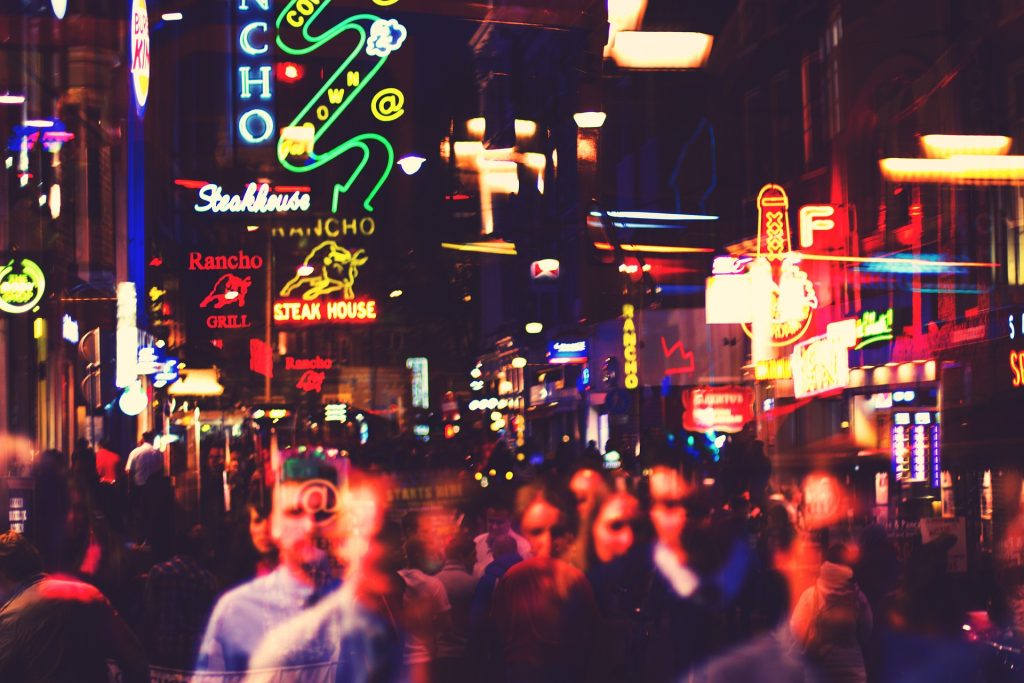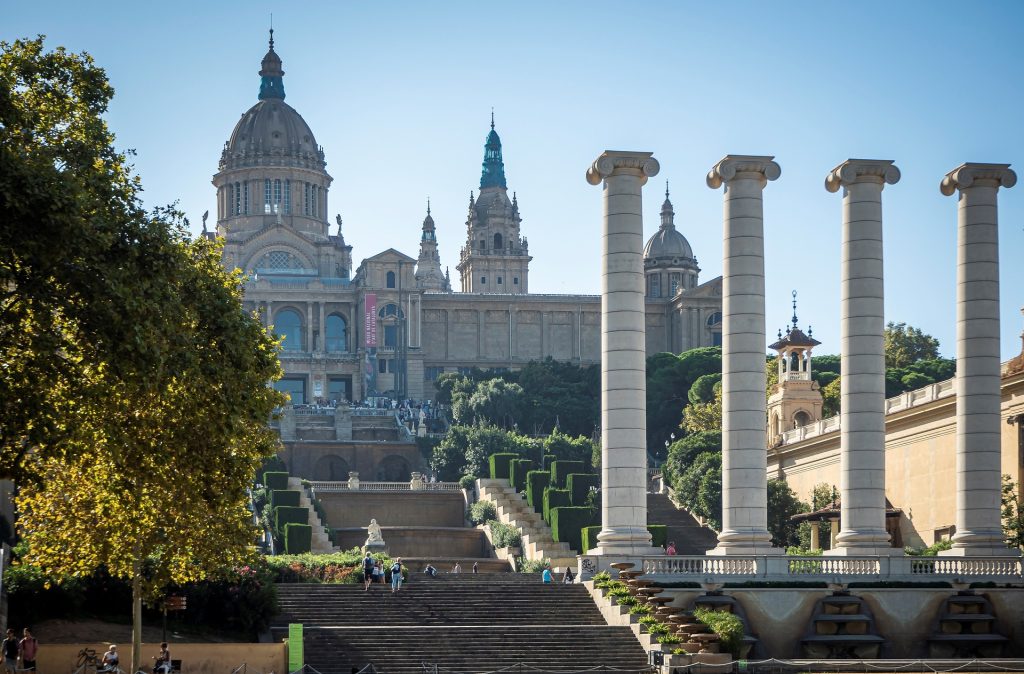 1. Introduction
1. Introduction
Reykjavik, the capital of Iceland, has become a hotspot for travelers drawn to its stunning natural beauty, vibrant culture, and proximity to Iceland’s most breathtaking landscapes. From the Northern Lights to geothermal pools, Iceland’s wonders have attracted a steady influx of tourists over recent years, with the country now welcoming more visitors than it has residents. But while tourism has bolstered Iceland’s economy, it has also brought challenges, especially for Reykjavik and its residents, who increasingly voice concerns over the impact on their culture, environment, and quality of life.
2. A Brief Overview of Reykjavik
Reykjavik is Iceland’s largest city and cultural hub, offering a blend of historic charm and modern development. Despite its small size—home to about 130,000 people—Reykjavik has become a launching point for tourists eager to explore Iceland’s wilderness. Visitors flock here to enjoy its attractions, like the Hallgrímskirkja church, Harpa Concert Hall, and nearby natural sites, including the Golden Circle, Blue Lagoon, and Thingvellir National Park.
As tourism surged, Reykjavik’s infrastructure and resources faced pressures they weren’t originally built to handle. For many residents, the influx of tourists has come with increased housing costs, overcrowded streets, and disruption to everyday life.
3. The Local Perspective
Reykjavik locals have mixed feelings about tourism. While it boosts the economy, it’s also impacting their daily lives in challenging ways:
- Rising Cost of Living and Housing Crisis: Tourism has driven up housing prices and rent in Reykjavik. Many locals can no longer afford to live in the city center as properties are turned into short-term rentals for tourists. The housing demand has led to an increase in real estate prices and made it harder for Icelanders to find affordable accommodations. This shift has altered neighborhoods and even driven locals out of the city.
- Overcrowding of Natural Attractions: Many of Iceland’s natural attractions have experienced environmental degradation due to the sheer number of visitors. Paths that were once green and pristine have become muddy trails, and sites like the Blue Lagoon and Golden Circle often feel overcrowded, taking away from the natural beauty and solitude that once defined Iceland. Reykjavik, as the primary gateway to these attractions, experiences an overflow of tourists, which strains local services and infrastructure.
- Erosion of Local Culture: The influx of visitors has impacted Reykjavik’s cultural fabric. While tourism has brought economic growth, it has also led to a “Disneyfication” of Icelandic culture, where traditional Icelandic elements are marketed to cater to tourist expectations rather than authentically representing local customs. This has led to some Icelanders feeling disconnected from their own culture within their hometown.
4. The Impact of Overtourism
The rapid growth of tourism has led to several adverse effects on Reykjavik’s environment and community:
- Environmental Strain: Iceland’s unique landscapes are fragile and can’t withstand heavy foot traffic without suffering damage. As more visitors explore Reykjavik and its surrounding areas, natural sites are deteriorating, and waste management systems are often unable to keep up. Additionally, large tour buses and increased vehicle traffic have contributed to pollution in Reykjavik and nearby wilderness areas, diminishing the natural beauty of these sites.
- Seasonal Overcrowding: Reykjavik faces an annual influx of tourists, particularly during the Northern Lights season and summer months. This seasonal surge leads to overbooked accommodations, long lines at local attractions, and packed restaurants, often making it difficult for residents to access their own city’s amenities. Some locals avoid visiting popular spots altogether during peak tourist seasons due to the crowds.
- Economic Overdependence on Tourism: While tourism has provided economic opportunities, it has also created vulnerabilities. The economy’s reliance on tourism means Reykjavik is susceptible to global events that affect travel, as seen during the COVID-19 pandemic when many locals faced unemployment or income loss due to the drop in visitors.
5. Respectful Travel Tips
To help reduce your impact on Reykjavik’s environment and community, here are some tips for a more responsible visit:
- Stay in Locally-Owned Accommodations: Opt for locally-owned hotels and guesthouses rather than short-term rentals, as these often have less impact on housing availability. Supporting local businesses directly contributes to the Icelandic economy without adding pressure to the housing market.
- Travel in the Off-Season: Consider visiting during the off-season (such as fall or spring) to help reduce the seasonal overcrowding. Off-season travel also allows you to experience Iceland’s beauty with fewer crowds and a more peaceful atmosphere.
- Respect Natural Sites: Stick to designated paths when exploring natural attractions around Reykjavik, such as Thingvellir National Park or Gullfoss. Iceland’s ecosystem is fragile, and venturing off-trail can lead to soil erosion and damage to native plants.
- Support Local Businesses: Instead of relying solely on international chains, explore Reykjavik’s local shops, cafes, and markets. This is a great way to experience authentic Icelandic culture while supporting small businesses and artisans.
6. Ethical Considerations
Reykjavik’s popularity as a destination comes with a responsibility to preserve its environment and culture. As visitors, we must consider whether our actions—such as contributing to short-term rentals, overcrowding natural sites, or creating demand for mass tourism—support or harm the local way of life. Choosing responsible tourism practices that prioritize environmental preservation and cultural respect can help protect Reykjavik for future generations.
7. Alternatives to Reykjavik
If you’re looking to explore Iceland with a more sustainable mindset, here are some alternative destinations:
- Akureyri: Known as the “Capital of the North,” Akureyri offers stunning fjords, geothermal pools, and a quieter atmosphere compared to Reykjavik. It’s a great base for exploring Northern Iceland’s nature and attractions, such as Lake Myvatn and Dettifoss waterfall.
- Westfjords: Iceland’s Westfjords region is one of its most remote and least visited areas, perfect for those seeking solitude and pristine natural beauty. Here, you can explore rugged coastlines, hot springs, and wildlife without the crowds.
- East Iceland: Known for its dramatic mountains and fjords, East Iceland offers beautiful landscapes and authentic Icelandic experiences without the overtourism pressures of Reykjavik. Small fishing villages and scenic hikes make this a rewarding alternative.
8. Conclusion
While Reykjavik’s popularity as a gateway to Iceland’s beauty is well-earned, the strain of overtourism has prompted residents to advocate for more sustainable tourism practices. By traveling responsibly—choosing eco-friendly accommodations, respecting natural sites, and supporting local businesses—visitors can enjoy Reykjavik’s unique charm while helping to protect its environment and culture.

